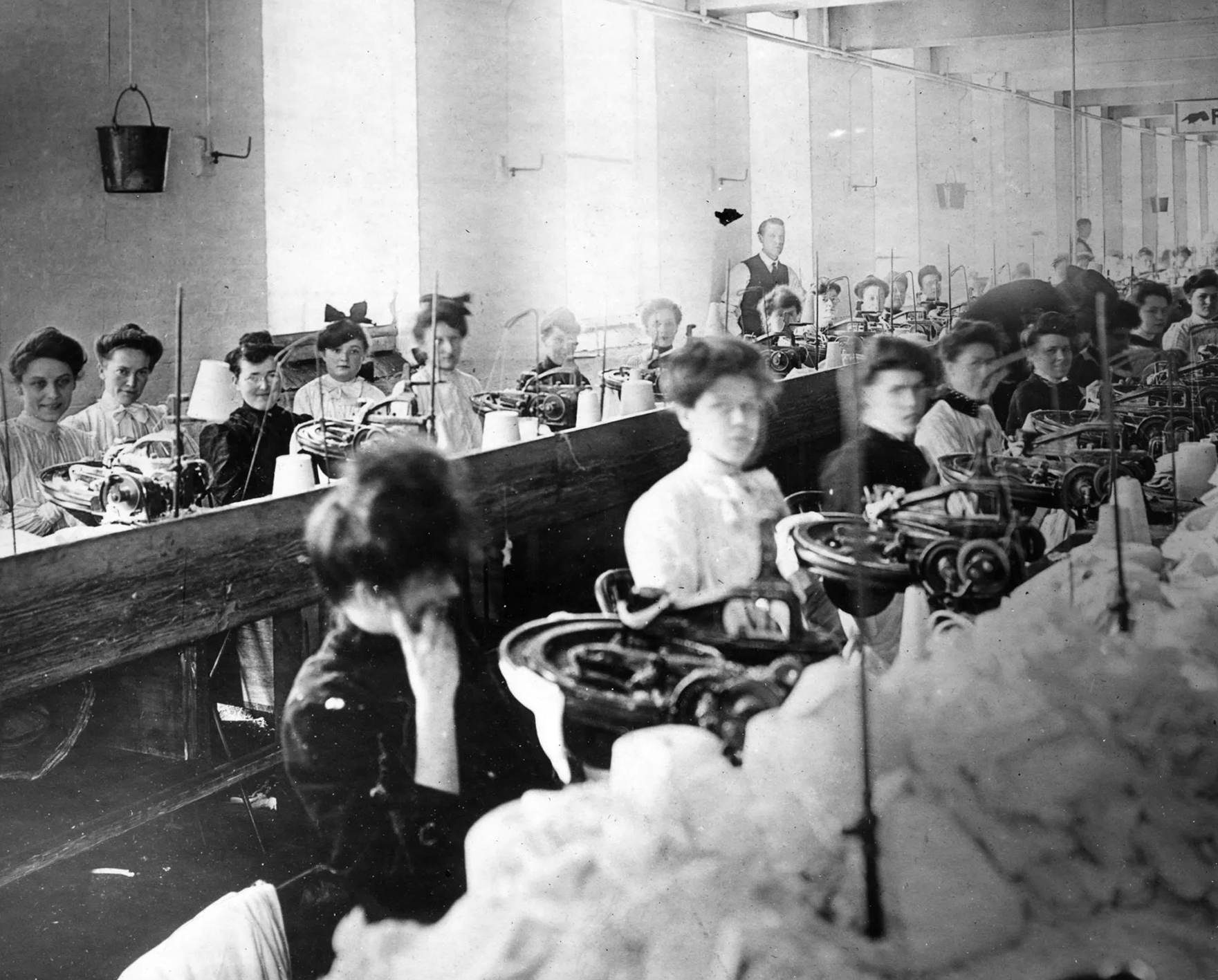HERstory: How IWD Started

Before the United Nations officially recognized March 8 as International Women’s Day (IWD), it went through a long history of protests and demonstrations since the early 20th Century. In 1909, the National Women’s Trade Union League and other concerned civic groups in the United States instigated a massive protest calling out the injustices women workers were subjected to, such as low wages, lack of protective legislation, and deplorable working conditions.

Inhumane working conditions and other unfair labor practices have led to more disastrous events like the case of the March 1911 factory fire in New York City that left 140 working women killed. This tragedy, heightened by many other preventable instances, drove widespread attention to workplace conditions and led to more legal discussions concerning the safety of workers, especially women.

During the Second International Socialist Women’s Conference in 1910, German activist Clara Zetkin insisted on having an annual celebration that recognizes the struggles and achievements of working women around the world. Together with other significant milestones, this demand was the birth of the March 8 International Women’s Day — in honor of a 1917 wide-scale women’s strike in Petrograd, marking the start of the Russian Revolution.

Since then, the IWD has been a global celebration of women’s economic, political, and social achievements. Many countries around the world celebrate the holiday with demonstrations and educational initiatives.